Powering the new premium iPhone 15 models, Apple's first 3nm chipset turns Pro

Every year Apple designs a new A-series chipset for the iPhone. Up until last year, all new iPhone models would share the same chip but starting with the iPhone 14 series, Apple decided to differentiate the Pro and non-Pro phones by giving only the Pro models the latest application processor (AP). The non-Pro units are powered by the silicon used to power the previous year's Pro models.
So that means that the iPhone 15 Pro and iPhone 15 Pro Max have the new A17 Pro SoC under the hood while the iPhone 15 and iPhone 15 Plus are equipped with the A16 Bionic, the AP that was found inside 2022's iPhone 14 Pro and iPhone 14 Pro Max. This year the A17 Pro chips were built by TSMC, the world's largest foundry, using its brand-new cutting-edge 3nm process node.
What's new about the 3nm A17 Pro chipset?
Simply put, as process node numbers drop, the feature size of a chip, including transistors, gets smaller. Smaller transistors mean that more can fit inside a chip raising the component's transistor count. The higher a chip's transistor count, the more powerful and/or energy-efficient it is.
| A-series chip | Process node | iPhone model | Transistor count |
|---|---|---|---|
| A17 Pro | 3nm | iPhone 15 Pro, iPhone 15 Pro Max | 19 billion |
| A16 Bionic | 4nm | iPhone 14 Pro, iPhone 14 Pro Max, iPhone 15, iPhone 15 Plus | 16 billion |
| A15 Bionic | 5nm | iPhone 13, iPhone 13 mini, iPhone 13 Pro, iPhone 13 Pro Max | 15 billion |
| A14 Bionic | 5nm | iPhone 12, iPhone 12 mini, iPhone 12 Pro, iPhone 12 Pro Max | 11.8 billion |
The A17 Pro continues to use a 2+4 configuration with the two high-performance CPU cores running up to 10% faster with a maximum clock speed of 3.78GHz. That compares to the maximum P-core clock speed of 3.46GHz on the A16 Bionic. The four high-efficiency cores have a clock speed of 2.11GHz, and Apple says that its E-cores are three times more efficient than the competition.
Apple has improved the six-core GPU calling it "Pro-Class." The GPU runs 20% faster but remains energy-efficient. One big change Apple made was to feature "Hardware-accelerated ray tracing" which is up to four times faster than software-based ray tracing. Ray tracing simulates the physical behavior of light which makes video games look more realistic. And having it built into the hardware enables the A17 Pro to deliver ray tracing in real-time at 30fps.
The GPU also supports Mesh shading which will also improve how realistic games look. The bottom line here is that Apple is beginning to take the GPU used on a mobile device like the iPhone, to desktop levels.
The A17 Pro includes Qualcomm's Snapdragon X70 5G modem which offers AI capabilities not found on the A16 Bionic's Snapdragon X65 5G modem. The X70 5G modem also supports all commercial 5G bands from 600MHz low-band spectrum to 41GHz mmWave. And on the iPhone 15 Pro line, the phones feature 8GB of RAM for the first time in iPhone history.
Apple had been hoping to introduce its own homegrown 5G modem chip for the iPhone this year. But it has had issues developing the component and recently signed a deal with Qualcomm for Snapdragon 5G modems through 2026.
The A17 Pro's neural engine, which is used for machine learning, handles features such as autocorrect and on-device voice recognition. While the number of cores in the neural engine remains at 16, the number of operations it can handle per second has doubled from the A16 Bionic to 35 trillion operations per second. This should improve the speed that it takes for the iPhone to handle machine learning and AI tasks.
How did the A17 Pro fare in benchmark tests?
With Apple ditching the Lightning port this year for USB-C, a dedicated USB 3 controller has been added to the A17 Pro chipset and it supports data transfer speeds as fast as 10Gbps. Unfortunately, the USB-C cable that comes with the iPhone 15 Pro models only supports USB 2 transfer speeds, so you'll have to purchase a USB 3 cable to take advantage of the fastest transfer speeds that the iPhone 15 Pro and iPhone 15 Pro Max offer.
The A17 Pro, powering an iPhone 15 Pro Max, scored well on the Geekbench 6 benchmark tests with a single-core score of 2958 and a multi-core score of 7288. That was higher than the single and multi-core scores tallied by the A16 Bionic used to drive an iPhone 14 Pro Max by 22% and 16% respectively. The A17 Pro also scored 50% higher than the single-core score achieved by a Snapdragon 8 Gen 2 for Galaxy running a Galaxy S23 Ultra, and 42% higher on the multi-core test.
We performed another Geekbench test on the iPhone 15 Pro Max one week after the phones were released. Running the latest available software, iOS 17.0.2, the phone scored 2953 on the single-core test and 7406 on the multi-core test.
The 3DMark benchmark measures how well the GPU performs and the iPhone 15 Pro Max ranged from a high of 3103 to a low of 2394. The iPhone 14 Pro Max had a higher high of 3382 but also had a lower low of 2327. And while the Galaxy S23 Ultra had the highest high score at 3828, it also had the lowest low at 1951. It's possible that some extra heat that the iPhone 15 Pro Max generated during testing might have come into play and reduced its score.
We ran the same 3DMark Extreme test on the iPhone 15 Pro Max also one week after the device was officially released by Apple. The highest loop score was 4241, a huge improvement from the previous test we ran. The lowest loop score of 2845 was also sharply higher.
The improved GPU allows the iPhone 15 Pro line to support AAA video games
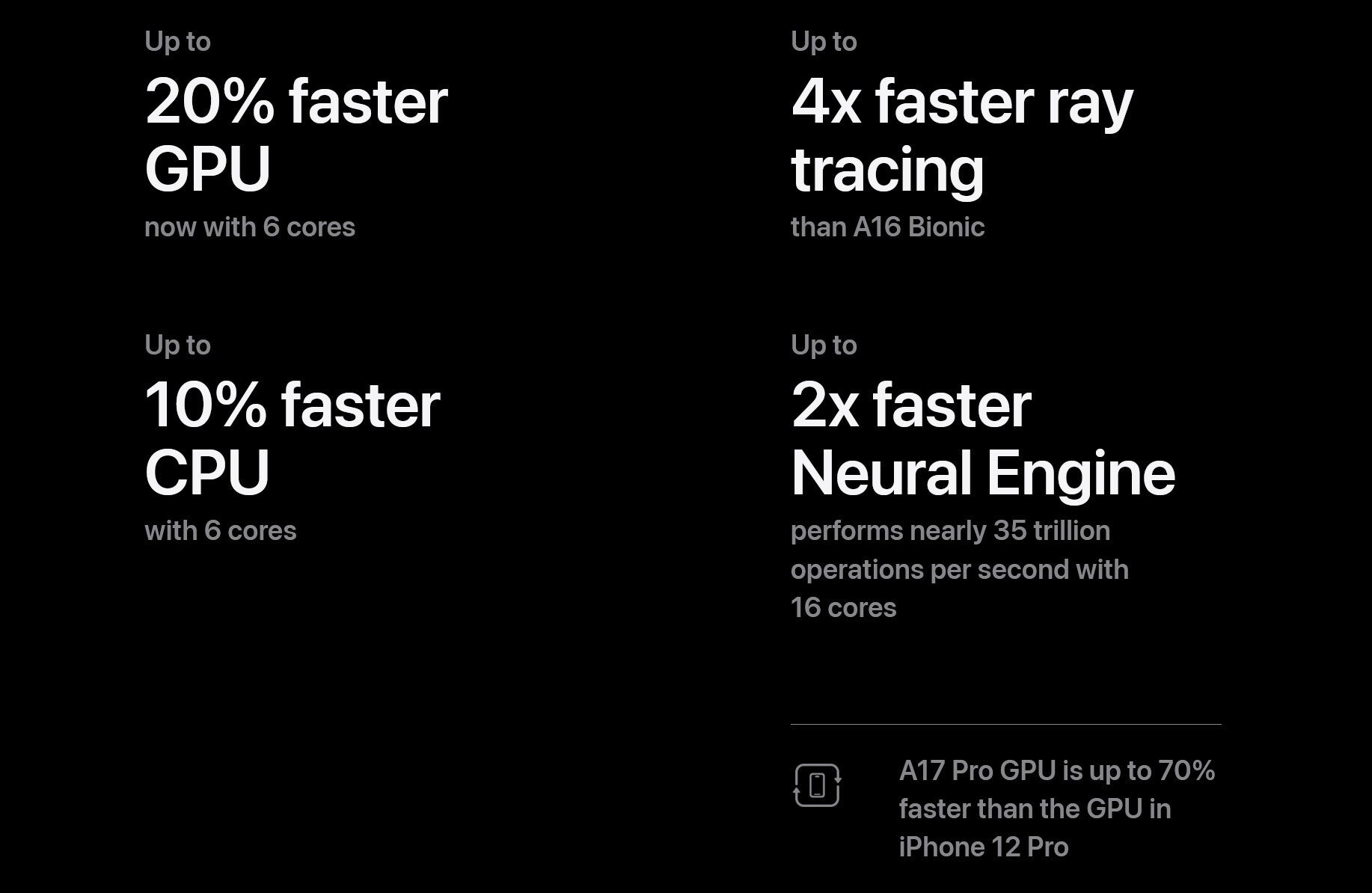
Performance improvements in the A17 Pro
With the A17 Pro delivering "pro-grade" graphics, expectations are high from gamers expecting console quality game-play from the iPhone 15 Pro line. Apple’s senior vice president of Worldwide Marketing, Greg Joswiak, said that the new chip, "ushers in a new chapter of performance and games never before seen on iPhone." AAA games, which are those titles that have been heavily promoted by mid-sized and major publishers, are coming to smartphones for the first time.
Apple confirmed this by previously stating that the "iPhone 15 Pro brings true-to-life gaming to the palm of users' hands with console titles never before seen on a smartphone, like Resident Evil Village, Resident Evil 4, Death Stranding, and Assassin's Creed Mirage." Game developer Capcom announced that Resident Evil Village will be available for the iPhone 15 Pro and iPhone 15 Pro Max on October 30th priced at $39.99. The Winters' Expansion DLC pack will also be available for $19.99.
Thanks to the hardware-accelerated Ray Tracing, the Mesh shading, and the improved GPU, the graphics on these AAA games can match or come very close to what you'll see on dedicated game consoles. Here's a trailer of Resident Evil Village to get a sense of the kind of next-gen graphics we'll get on iPhones equipped with the A17 Pro chipset.


While many iPhone users might not be able to discern the difference between the A16 Bionic and the A17 Pro, those who are serious gamers should be able to notice a difference in how the graphics look with the new chipset. Having said that, the improvement in battery life from last year's Pro models might be disappointing to those who were expecting a huge increase in this department thanks to the slightly larger battery capacities on the Pro models, and the 3nm production technology used to build the A17 Pro chipset.
TSMC's enhanced 3nm node (N3E) is expected to be used to manufacture next year's A18 Pro SoC and hopefully, we will see more of an impact from this cutting-edge node with the iPhone 16 Pro and iPhone 16 Pro Max.
We should note that this year, the A17 Pro will be the only 3nm SoC powering a smartphone as TSMC rewarded Apple for being its biggest customer by giving it a sweetheart deal and reserving all of its 3nm production for Apple. Next year could be different and if more phone manufacturers decide to go with a 3nm chipset, Apple might have an incentive to really let the A18 Pro fly.
Follow us on Google News


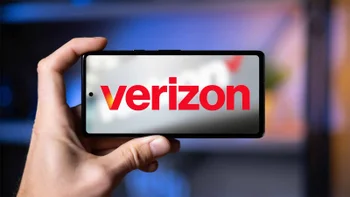

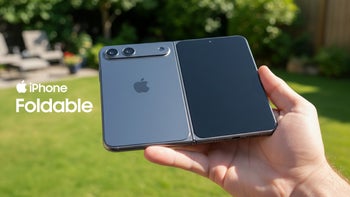



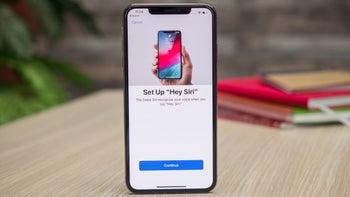
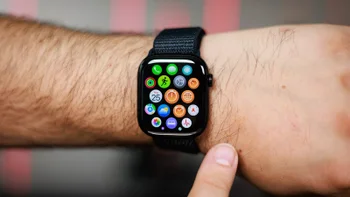
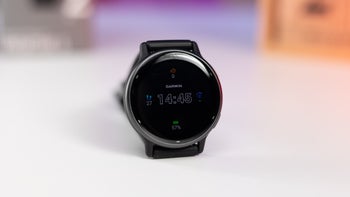
Things that are NOT allowed:
To help keep our community safe and free from spam, we apply temporary limits to newly created accounts: